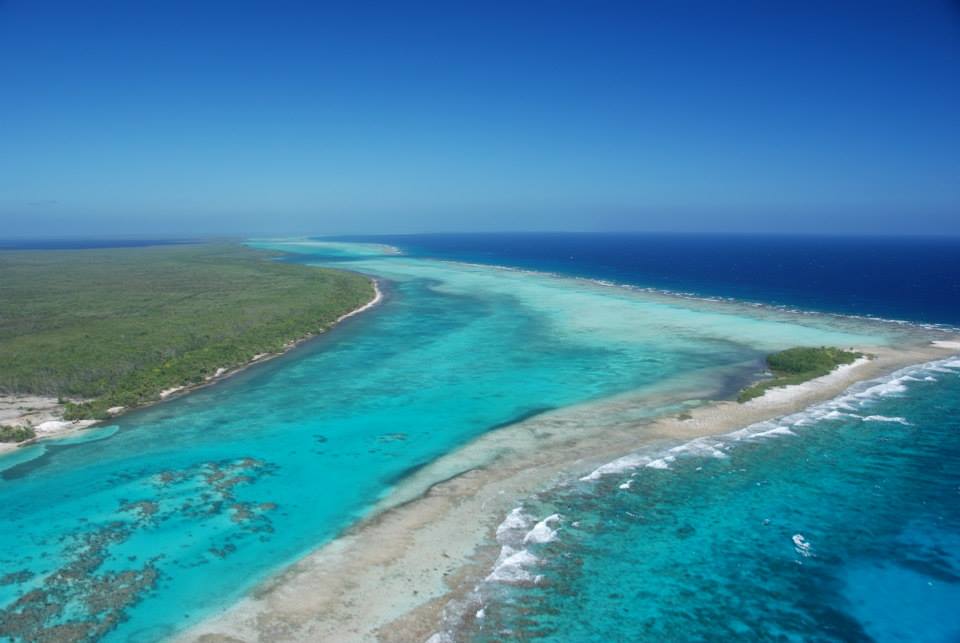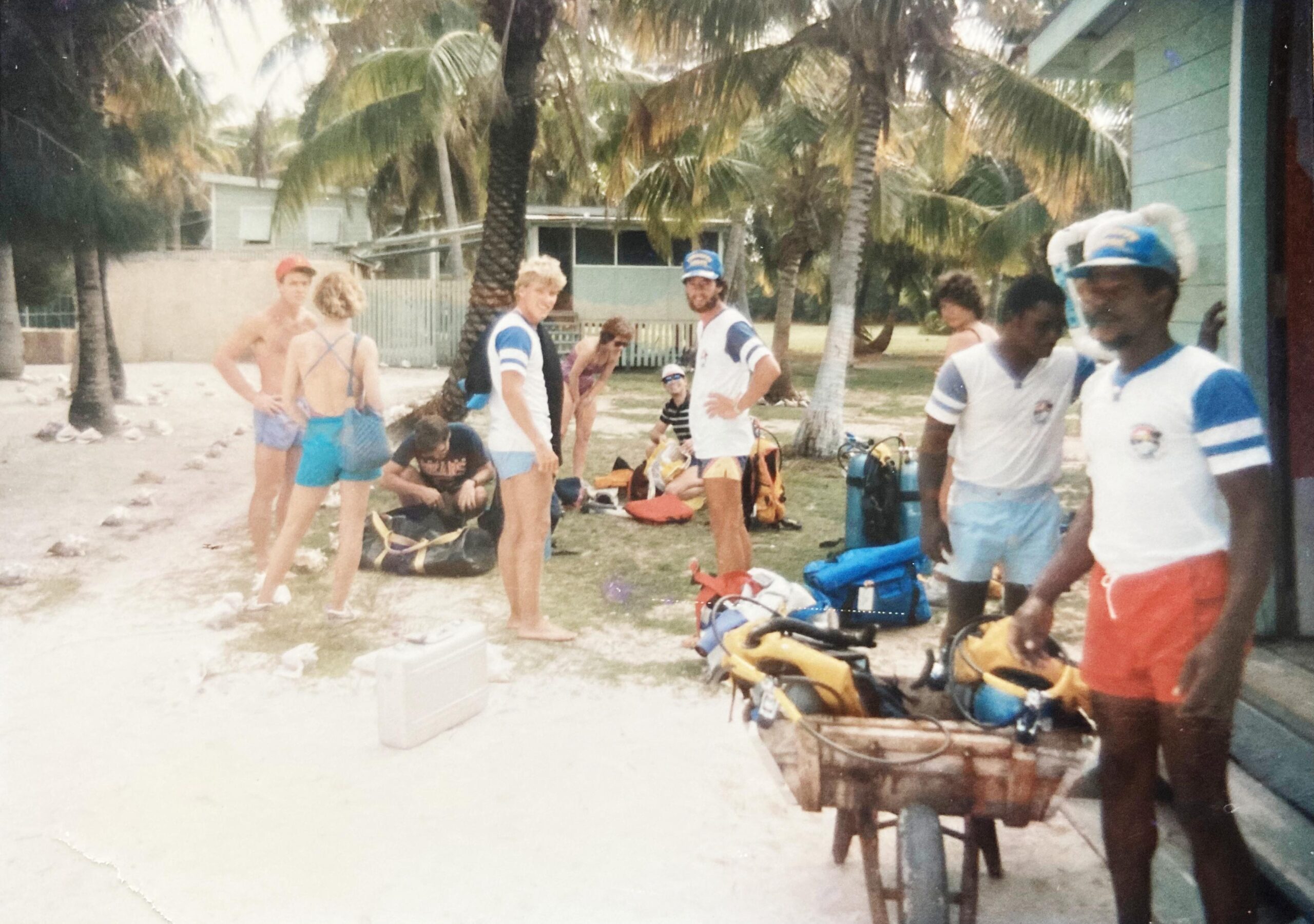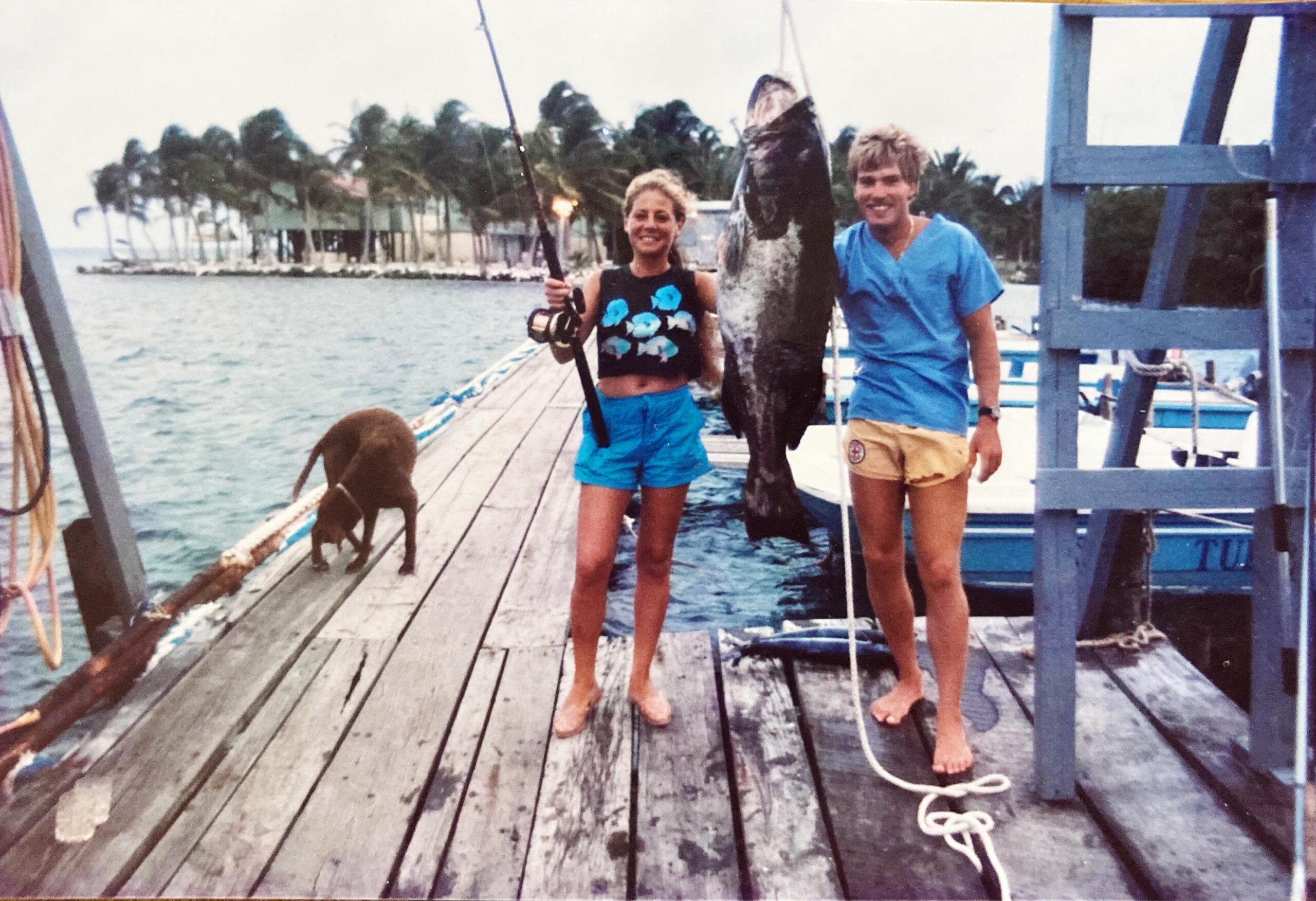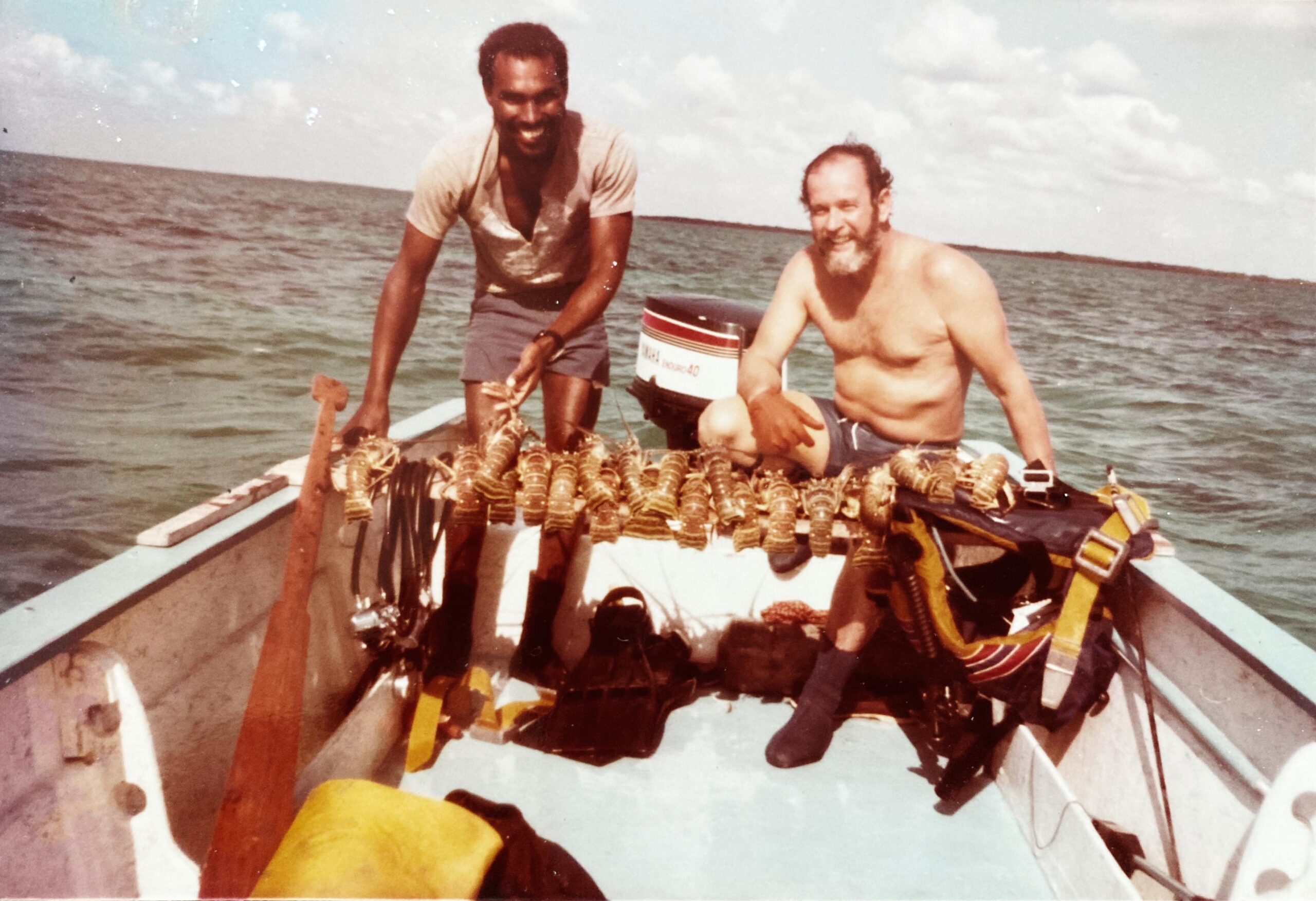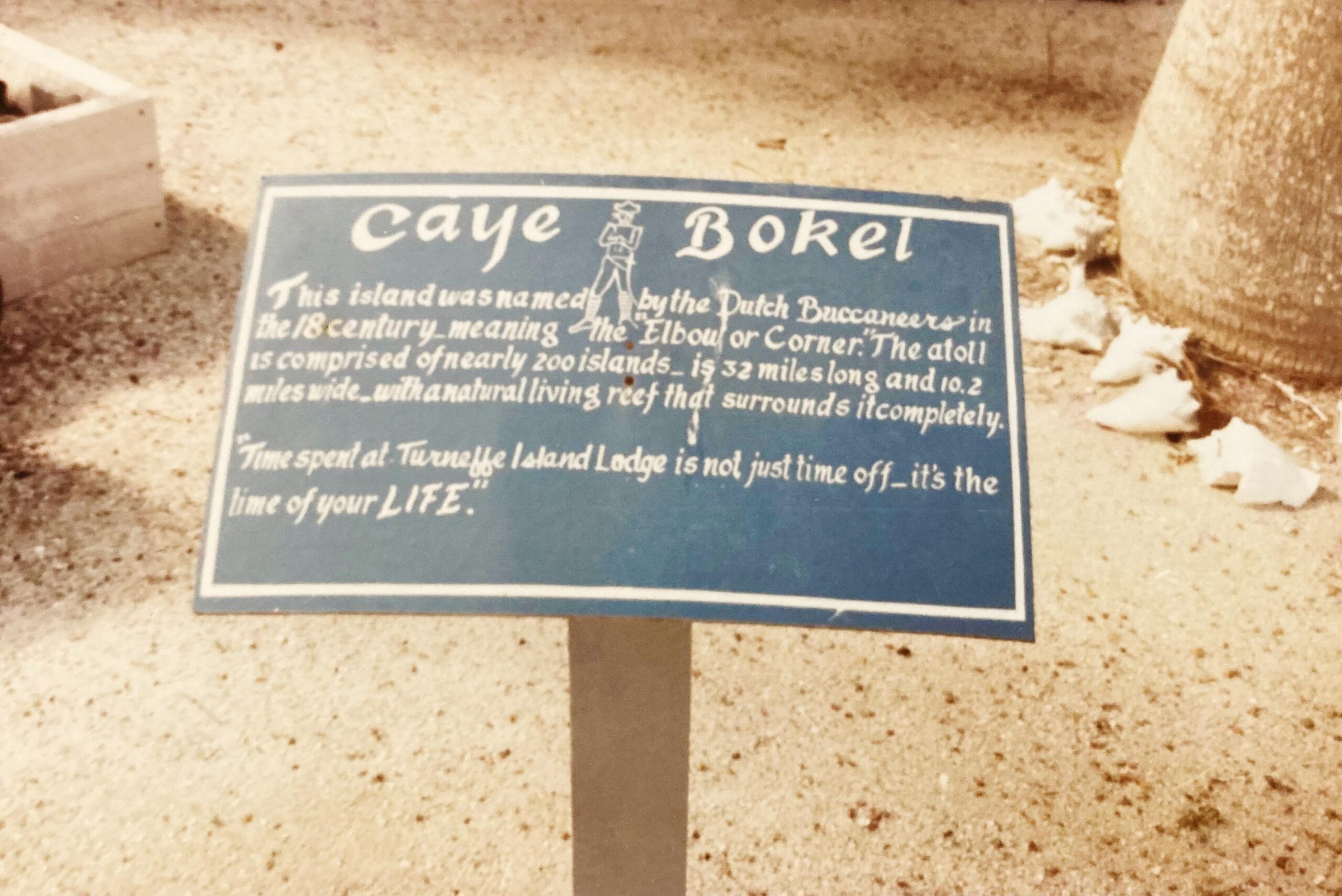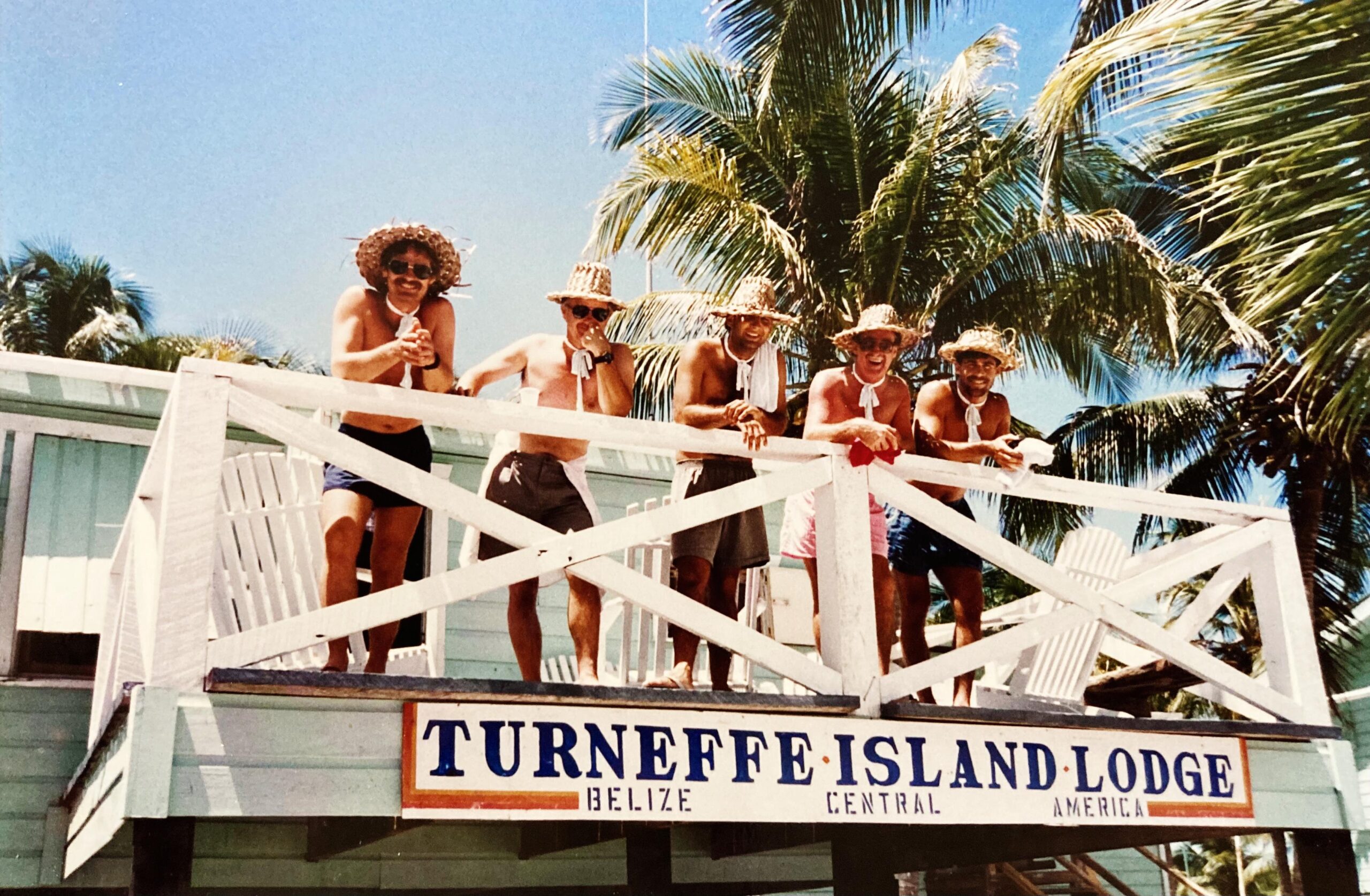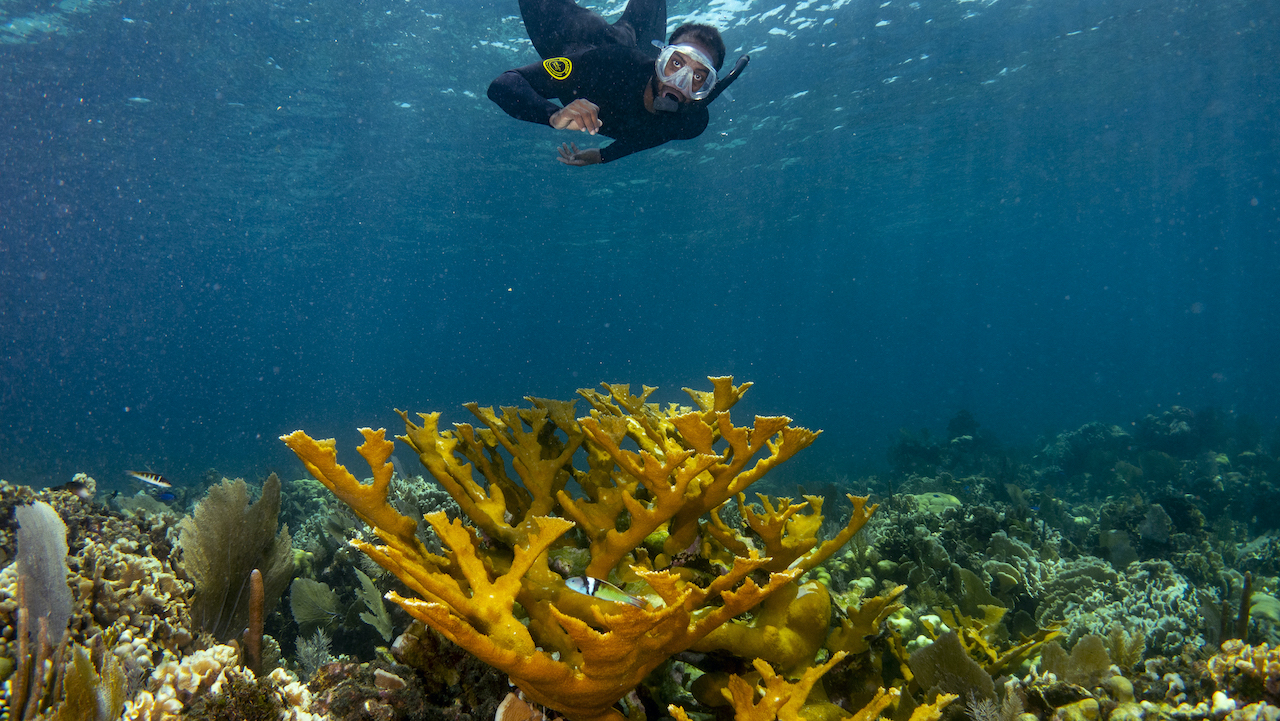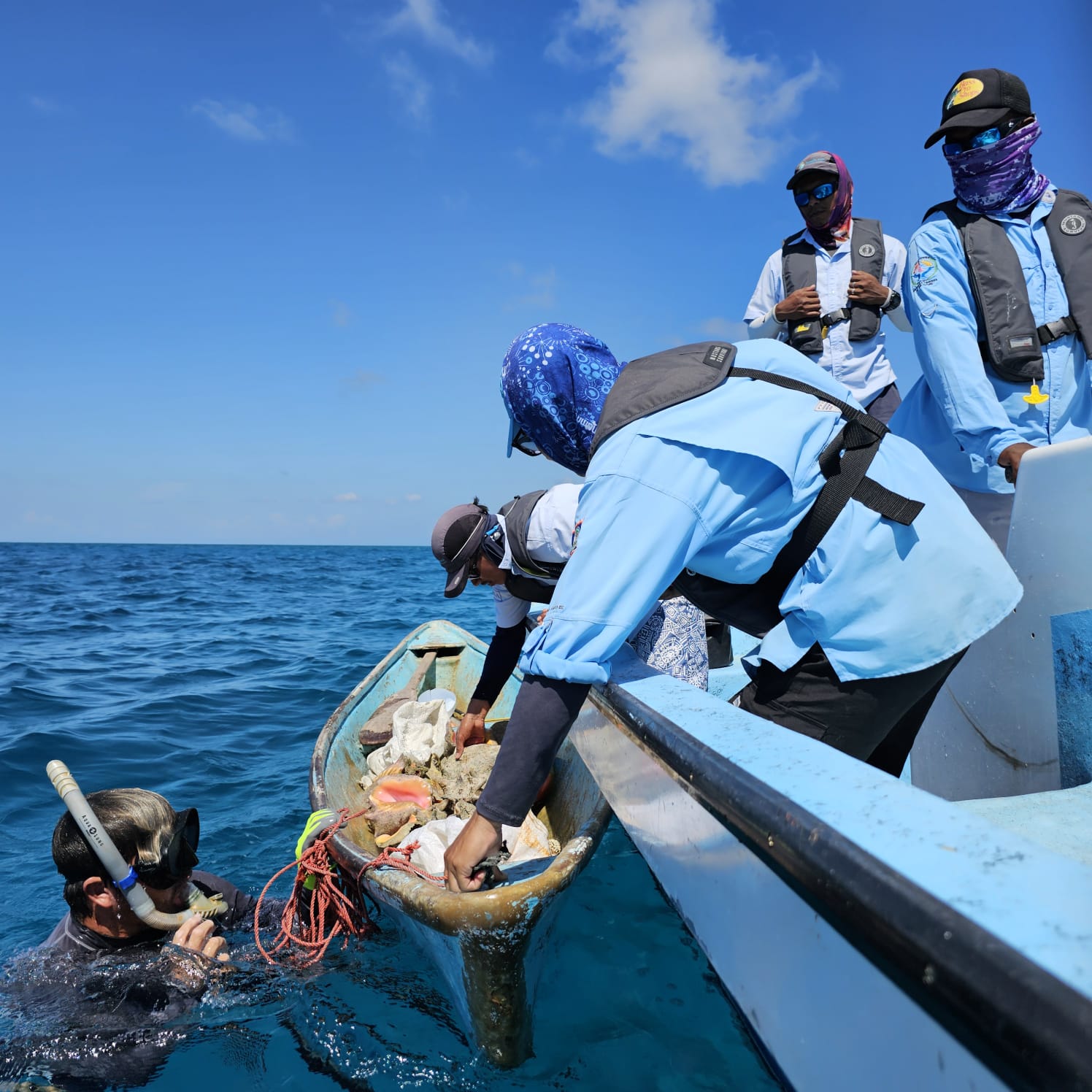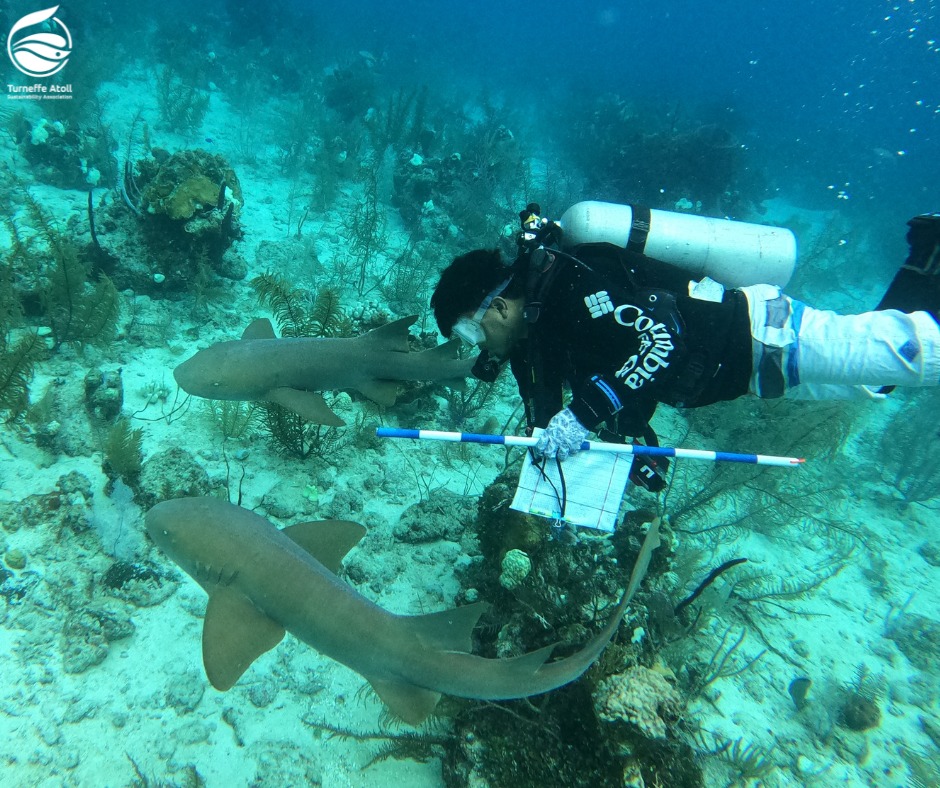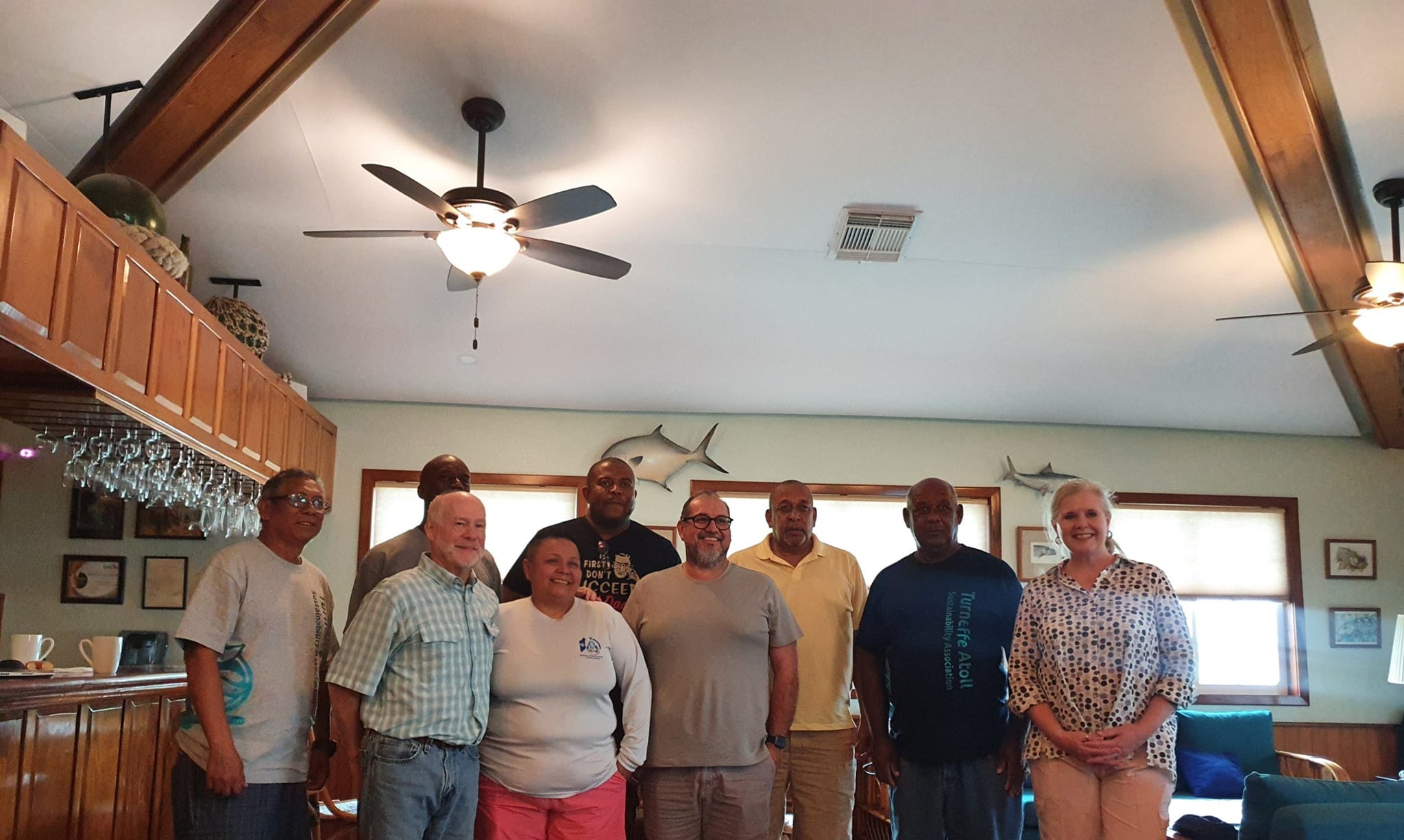Turneffe's History
Turneffe’s history, dating to the late Classic Mayan period, is varied and interesting. Artifacts found on Calabash Caye and near Grand Bogue confirm that during the late Classic and the early Post-Classic periods of the Mayan civilization (perhaps 400 A.D), there were a number of Mayan fishing villages at Turneffe. Artifacts indicate that these fishermen traded with communities as far away as Guatemala.
Probably the first non-indigenous people to occupy Turneffe were Afro-Caribbean from Roatan, Honduras who fished along the coast and cut timber inland. The Spanish charted the Turneffe Atoll in 1625 and the British knew the area well by the mid 1700’s. In the 16th and 17th centuries, Turneffe was used by Spanish and English sailors as a trading post. The atoll is thought to have been a favorite hideout for pirates who specialized in ambushing Spanish ships filled with gold and other valuables. Some sources indicate that the infamous pirate, Blackbeard, frequented Turneffe.
Between the late 1880’s and the early 1920’s, a sponging industry flourished at Turneffe. Turneffe’s Central Lagoon was divided into sections used by individuals for cultivation of sponges. Disease, however, brought an end to Turneffe’s sponging industry.

